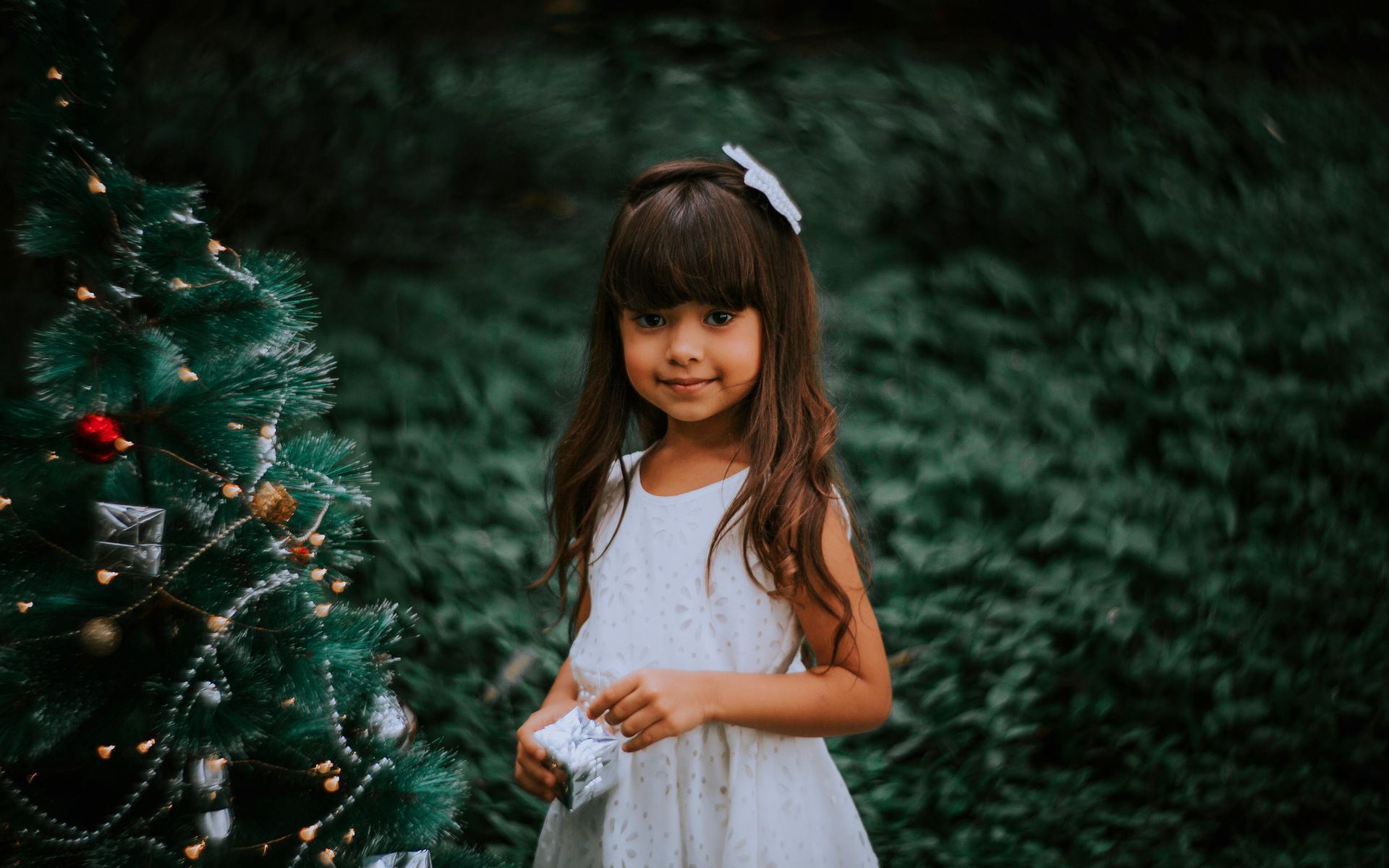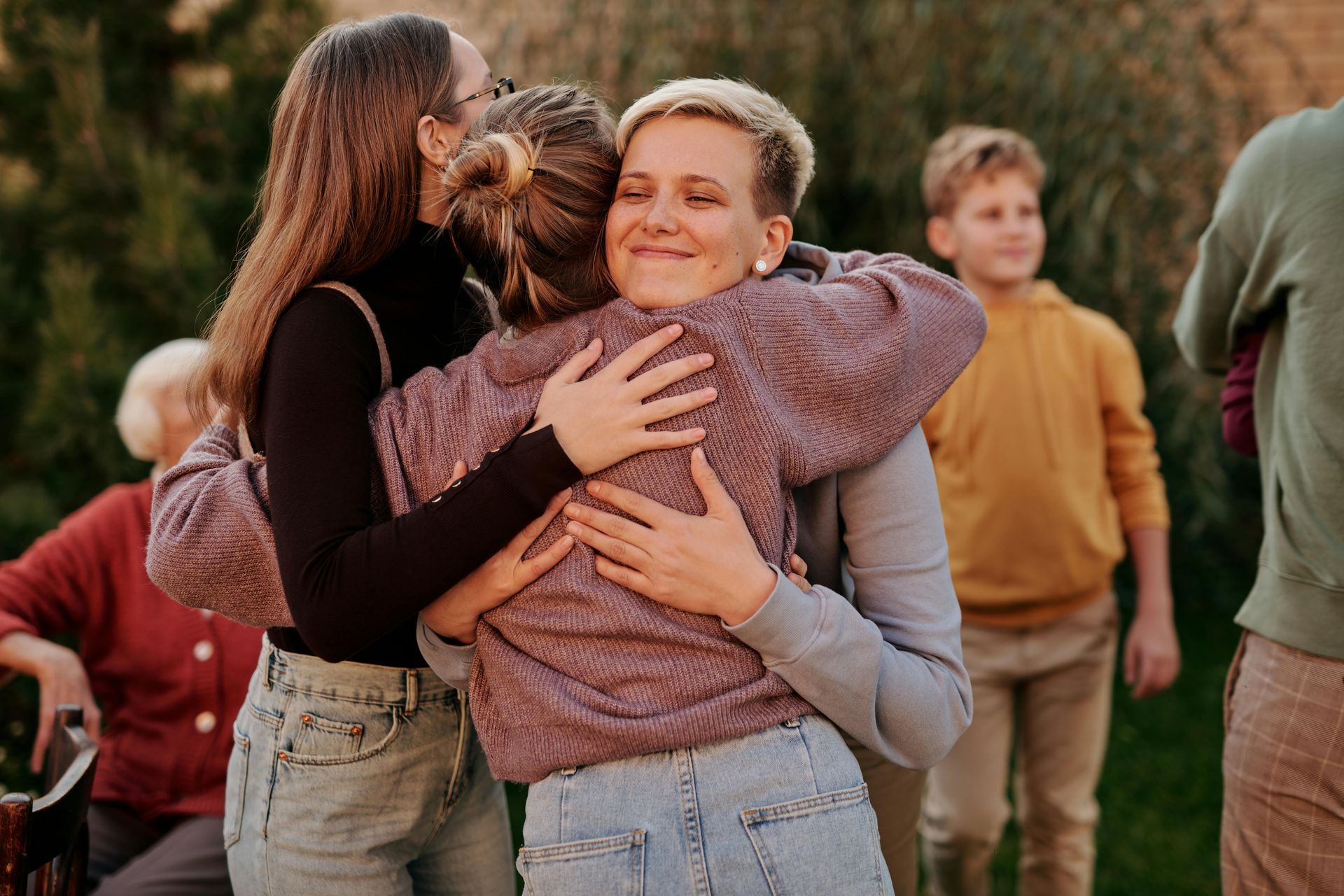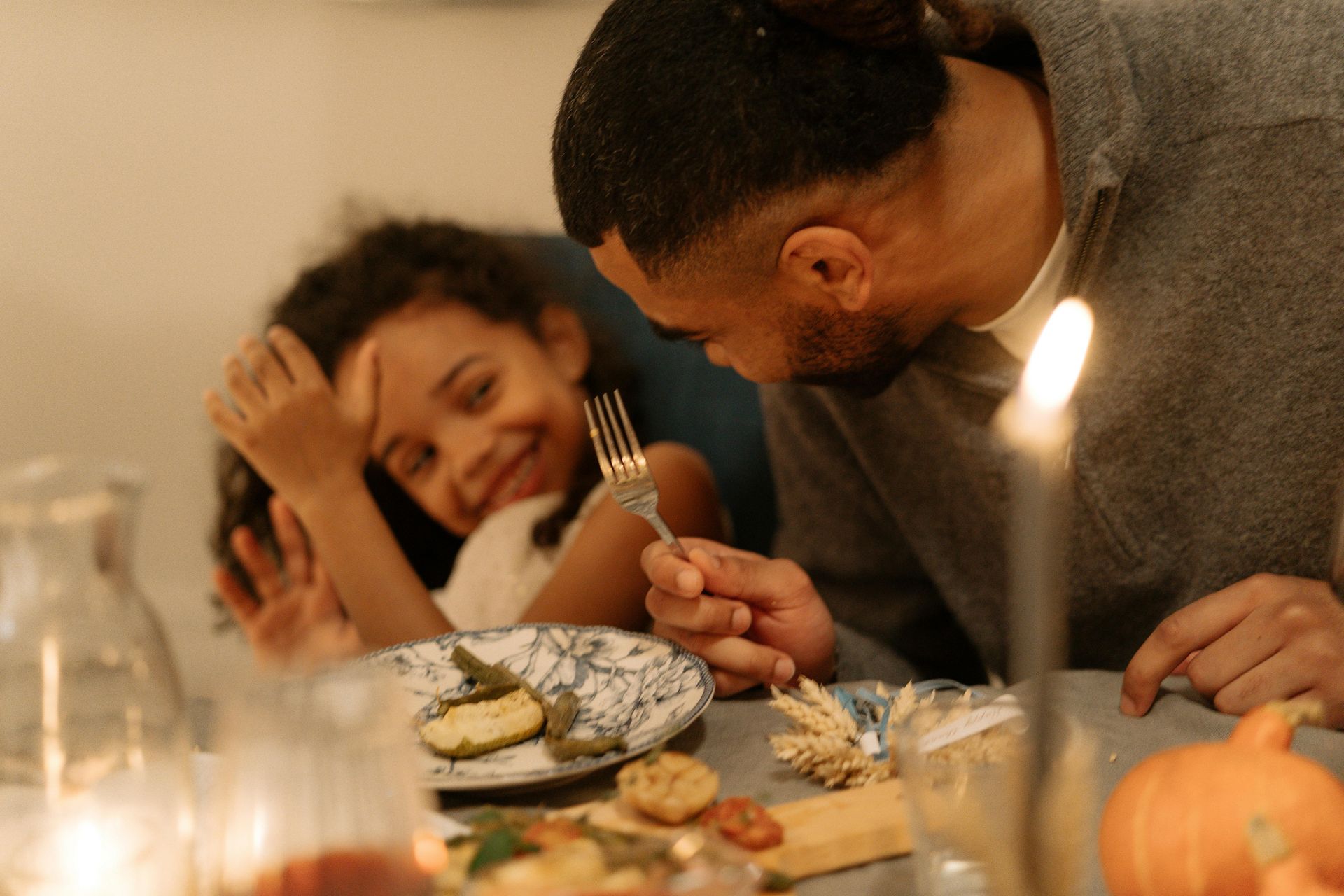Let’s Talk About Feelings: 5 Kid-Approved Tools to Build Emotional Awareness
Big feelings are a part of growing up. From excitement and joy to frustration and sadness, kids feel it all. But understanding and expressing emotions takes practice, and not every child has the words to explain what’s going on inside.
The good news? Emotional awareness can be gently taught through simple, playful tools that help kids name what they feel and learn how to express it. You don’t need to be a therapist to make a difference—just a little time, curiosity, and a willingness to listen.
Why Emotional Awareness Matters for Kids
When kids can recognize and name their feelings, it’s easier for them to communicate, solve problems, and build healthy relationships. Emotional awareness is the first step toward emotional regulation, and it helps children feel more in control and less overwhelmed.
It’s not about being perfect. It’s about creating safe moments where children feel heard, accepted, and supported while they explore their emotions.
How to Make Emotions More Approachable
Feelings can be confusing or even scary for kids, especially if they’re used to hiding them. Making emotions more playful, visual, and creative helps lower the pressure. You can talk about feelings the same way you talk about colors or weather—something that’s always changing and part of everyday life.
Let your child lead the conversation when they’re ready. Use tools that feel like play, not homework. And remember, you’re not trying to “fix” their feelings—you’re helping them explore them.
5 Kid-Approved Tools to Build Emotional Awareness
Here are five simple tools to help children explore and express what they feel:
1. Feelings Wheel or Feelings Faces Chart
These tools show a range of emotions with faces, colors, or words. Children can point to or circle the one that fits best. Charts can be printed and used during morning check-ins, transitions, or after a tough moment.
2. “Color Your Feelings” Drawing Prompts
Invite a child to draw how they feel using shapes or colors. For example, “What color is your heart today?” or “Can you draw a picture of your feeling?” This removes the pressure of naming the feeling and opens a creative door.
3. Stuffed Animal Check-Ins
Sometimes it’s easier to talk through a “friend.” Ask, “How is your stuffed animal feeling today?” Kids will often project their own emotions onto the toy, giving you insight into their inner world in a low-pressure way.
4. Emotion Cards or Emoji Matching Games
Printable emotion cards or emoji-style flashcards can help kids learn to identify and label different emotions. You can play matching games, do emotion charades, or sort them by “when I feel this way.”
5. “How’s Your Weather?” Metaphor Game
Ask children to describe their feelings using weather metaphors: “Is it sunny, cloudy, stormy, or windy inside today?” This imaginative tool can help kids relate to feelings in a fun and abstract way, especially if they’re not ready for direct conversations.
Everyday Opportunities to Practice
You don’t need a dedicated lesson to talk about feelings. Try weaving these tools into everyday moments like:
- Morning routines
- After school
- During car rides
- Before bedtime
- After transitions or big changes
The more familiar these check-ins become, the easier it is for kids to share—even when they’re feeling big things.
Helping Kids Feel Heard (Even When It’s Hard)
You don’t have to have all the answers. Just being present and saying things like “I see you,” “That makes sense,” or “You can feel that here” can go a long way.
When children feel safe enough to express themselves, they build the emotional muscles they’ll need for life. It’s not about avoiding hard feelings—it’s about helping them feel supported in facing them.
Looking for more simple, supportive tools for the kids in your care?
Explore our blog and resources for ideas that help you nurture connection, one moment at a time. Or, Join our mailing list where we share more resources that accompany our blog posts.
Join Our Mailing List










